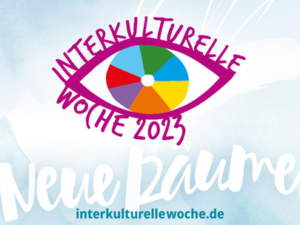September 29, 2023: Guided tour in Polish and English
One room – many languages
The Sorbian museum is a place of encounter for people from the region and from all over the world with their different languages. For international guests the museum offers two guided tours in Polish and English, which will give an overview of sorbian culture and history. If you want to learn more about the colourful community of the catholic sorbs, we recommend visiting our special exhibition “Čej´ da sy? – Wurzeln im Wandel”.
At 15 o´clock begins the guided tour in Polish and at 16 o´clock the one in English.
Travelling exhibition “Wendish churches between Löbau and Lieberose” from 5th of August
Travelling exhibition “Wendish churches between Löbau and Lieberose” in Guben
Wendish churches refer to Slavic natives in Saxony and Brandenburg. With the Reformation the Sorbian / Wends received the possibility to hold church services in their mother tongue. In the tows they got their own churches, often branch churches of German city churches. In some places they were called country churches since they served the surrounding villages. Mostly they were used only for preaching services. But communion ceremonies, baptisms and marriages took place in the main church. The first translations of Lutheran writings and chorales were produced for ecclesiastical use. Today many Lusatians are no longer aware of the Sorbian / Wendish roots of their homeland. The photographer Jürgen Matschie went to search for the former sites of the Wendish churches in the Lusatia. The traveling exhibition is part of a funding project of the cultural area Upper Lusatia-Lower Silesia within the exhibition “Five Centuries. The Sorbs and the Reformation” from 2017.
Exhibition “In the heath. Sorbian hangs in the balance” in Lüchow
10.08.2018 – 14.10.2018
The exhibition examines the Sorbian roots in the Lusatian heath region between Senftenberg, Hoyerswerda, Spremberg, Weißwasser, Bad Muskau and Niesky. It deals also with the identity and value change as a result of the industrialisation and with the assimilation of the sorbian people. The unique costumes and customs of the Sorbians in the heath have survived untill today. But with the mining of lignite, the destruction of Sorbian places and the influx of thousands of strangers into the area, the system of tradition that had been built up over several centuries began to waver. Not only villages were hanging in the balance as a result of brown coal mining, but also the Sorbian language and identity of this region. But even with the loss grows the interest in preserving the heritage of the ancestors.
Lüchow is meanwhile the 18th exhibition venue after the exhibition opening in 2012 in the Sorbian Museum. The history and fate of the Sorbs of Lusatia was presented mainly in Saxony and Brandenburg, but also in Denmark. More than 50,000 people have visited the exhibition from 2013 to 2018.
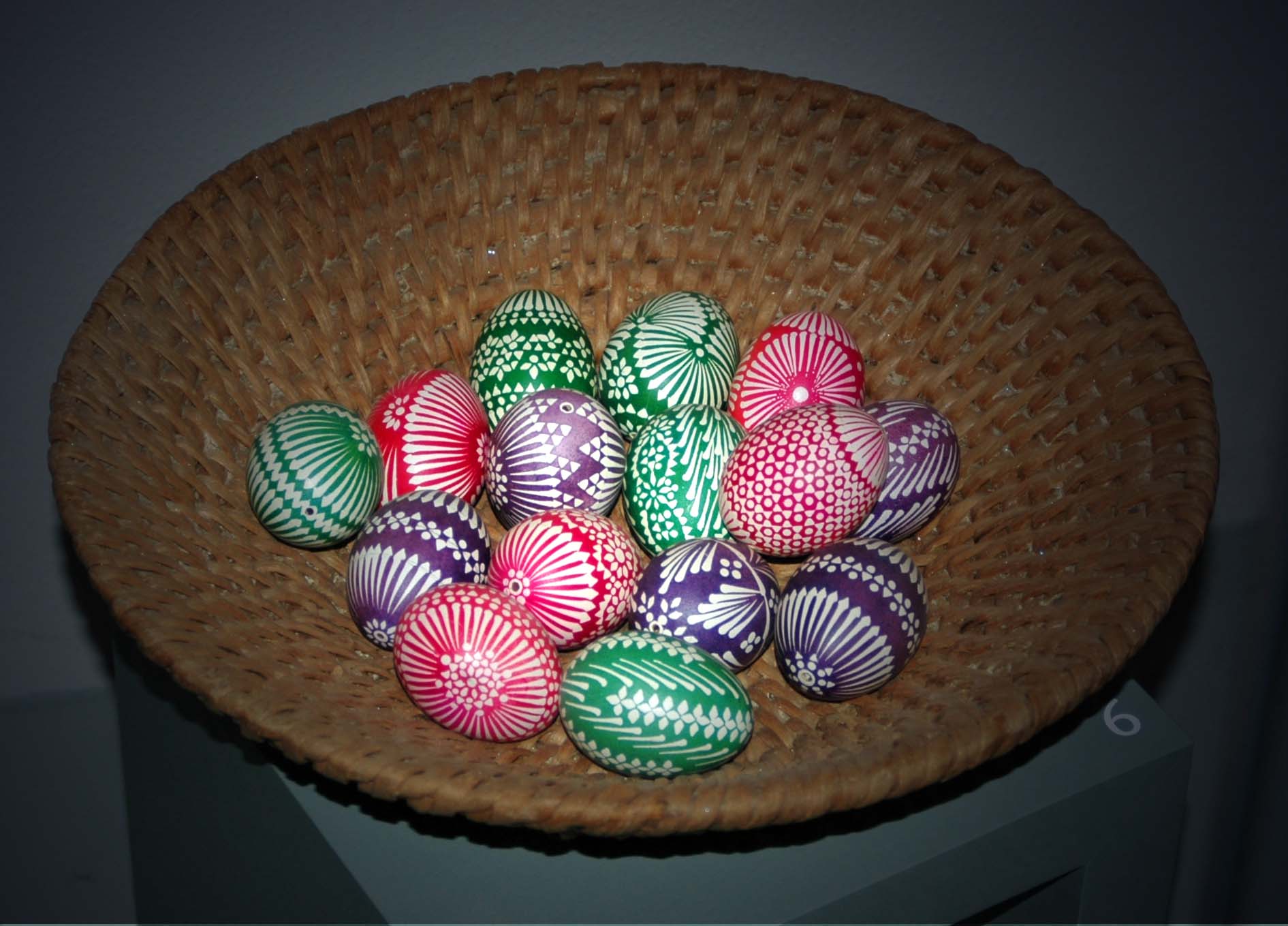
Folkartists decorate eggs in the Sorbian Museum
From Saturday, March the 3rd until Sunday March the 25 th folk artist display the art of decorating eggs in the Sorbian Museums each Saturday and Siunday from 1 p.m. until 6 p.m. in the different techniques.
Furthermore we offer the possibility to try it out yourself in a workshop. The participation fee is 4,50 € for adults and 3€ for childern. With this fee you receive one egg, each additional egg can be bought for 50 cents a piece.
You find the dates and the names of the artist on the calendersite of this homepage: https://sorbisches-museum.de/kalender-4/

Memorial for Kito Lorenc
Last year the sorbian poet Kito Lorenc passed away. This year on March the 4th he would have celebrated his 80th birthday. On March the 22nd several sorbian institutions and further participants are reminiscent of him.
At 2 p.m.a symposium organized by Serbski Institut in Bautzen and the Institut für Slavistik (Instititute for Slavonic studies) of the TU Dresden by the topic „Kito Lorenc zwischen Dichtung und Literaturwissenschaft – Kito Lorenz between poertry and literary studies“ takes place in the Sorbian Insitute in Bautzen. There the regenburgian Slavist Walter Koschmals is going to present his monography „Der Dichter Kito Lorenc – dazwischen“, which will be published in March by the Domowina publishing.
At 7.30 p.m. a bilingual literal-musical evening at the Burgtheater (Bautzen) follows with the programme „In uns eine Saite“. The actors are artists from the DSVTh (German-Sorbian Popular Theatre); the Sorbisches National-Ensemble (Sorbian National Ensemble) and the Sächsische Akademie der Künste (Saxonian Academy of arts).
In the foyer an exhibition, an audiostation and a bookexhibition will remember at this great bicultural poet. All interested parties are cordially invited. The entrance is free.
Museum cinema „Die Rote Zora“
This March the festive hall in the Sorbian Museum will turn into a cinema auditorium for the last time in connection with the KRABAT-expositition. Saturday, March the 10nth at 4.00 p.m. we show you the film „Die Rote Zora” (premiere 2008) from the director Peter Kahane after the book from Kurt Held. The setting of this film is located in the croatian coatal town of Senj by the Adriatic shore. The main figures are the Red Zora and her gang, which members call themselves „Uskoks” in reference to the historical folk of Uskoks. Driven by hunger the have to steal for food and have many oppononents, some as old as them, some gronw up men with real power. Only the old fisherman Gorian meets them with sympathy and support. See how their friendship evolves and how they stand for each other.
KRABAT-lecture March 14th „Kroatische und osmanische Militaria in der Krabat-Ausstellung des Sorbischen Museums in Bautzen“
„Kroatische und osmanische Militaria in der Krabat-Ausstellung des Sorbischen Museums in Bautzen“
How does a richly decorated dagger from the 16nth century get into the Krabat-exhibtion of the Sorbian Museum? What is the connection with the scimitar from Kairo and the court in Dresden? What is a Jatagan or a Pusikan? Who were the Janissaries?
The exhibtion „KRABAT. Man. Myth. Brand.“ reflects upon the time of Johann von Schadowitz, from Žumberak; Sichelberg near Agram (Zagreb) and how his persona became the basis for the mythological „Krabat“-figure by the larger part.
Von Schadowitz was an Uskok and grew up near to the military border. The setting up and extension of this so called „Militärgrenze“ took place along the 16 century, especially induced by the expansion of the Ottoman Empire under Süleiman the I. A lot oft he historical militaristic traditions of the Balkan Peninsula can only be explained against this background. The presence of Mr. Schuckelt (Staatliche Kunstsammlungen Dresden) in the preparation team this exhibtion was a stroke of luck for us.
Thanks to Mr. Schuckels negotiations, the Sorbian Museum was enabled to borrow and display ottoman, croatian and further militaria from the Turkish Chamber (Staatliche Kunstsammlungen Dresden) for the duration of this exhibition. Furthermore we had an acknowledged expert for this field in the preparation team.
March the 14nth 2018 there ist he opportunity to get explanations about the displayed objects regarding their descent and meaning by an expert first hand!
The lecture with Mr. Schuckelt ist the last event in the row „Lectures and guided tours“ of the KRABAT-exhibtion, where the curators hold deepening lectures and guiding tours.
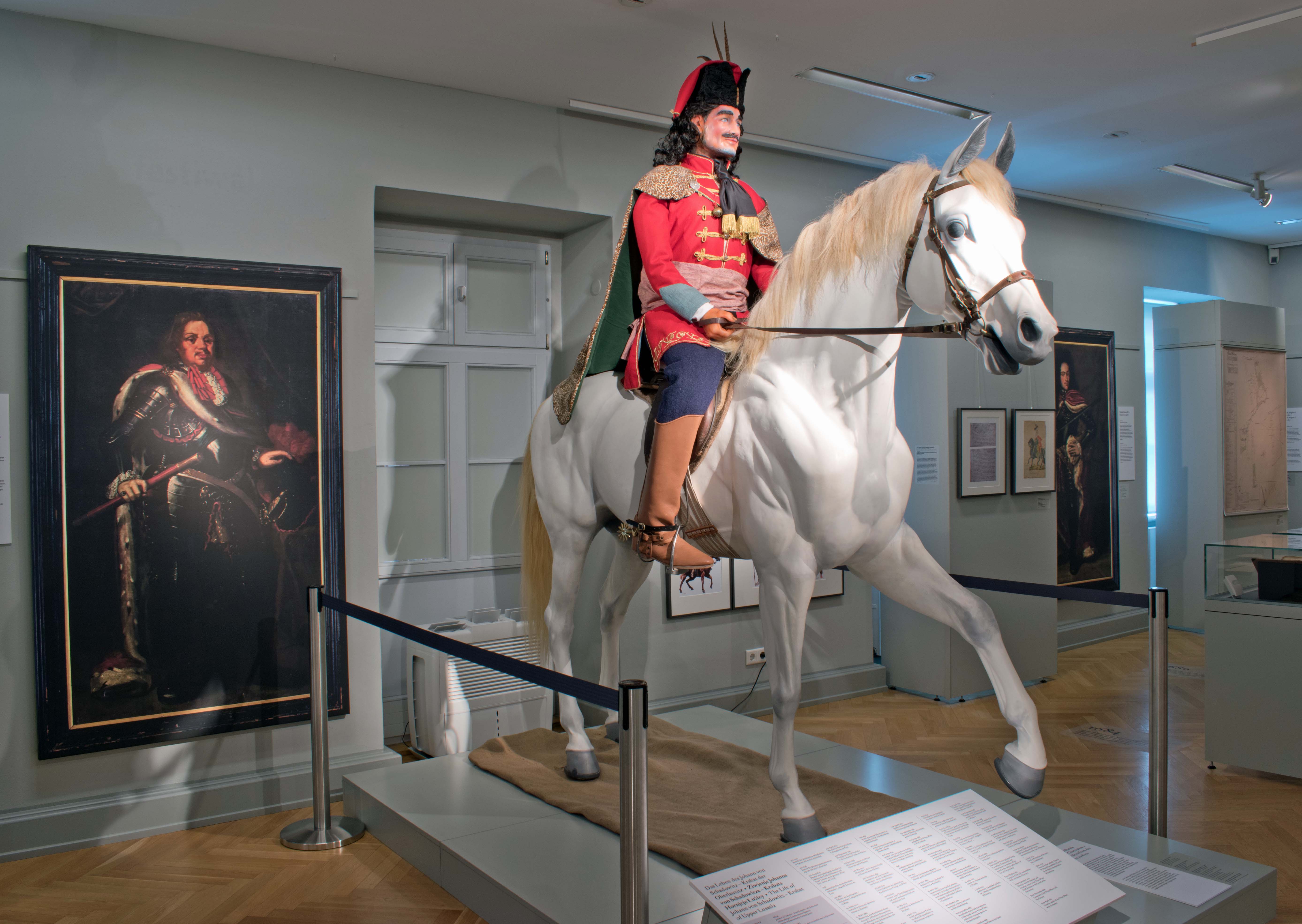
Wednesday, March 14nth 2018
6.p.m guided tour through the Exhibition „KRABAT. Man. Myth. Brand.“ Special exhibition.
7. P.m. lecture [„Croatian and Ottoman Militaria in the Krabat-exposition of the Sorbian Museum in Bautzen.“]
„Pictures of saints and heaven‘s letters – Beneficial objects of popular belief“
Coffee at three o‘clock, Wednesday, March the 7nth 2018
How supersticious were our ancestors? Concerning this pont, it is hardly important, whether somebody was catholic or protestant. In times of hardship, especially in war times and crisis situations people believed in the power of handwritten or printed Himmelsbriefs/ heaven‘s letters, that you would carry with you or keep secretly at home. There are more examples of objects that served as amulets and that are still used today. The curator Andrea Paulik invites you to an interesting Coffee at three o‘clock. If you have an object from popular piety/ popular belief at home, that you want to share, feel free to bring it to the „coffee table.“
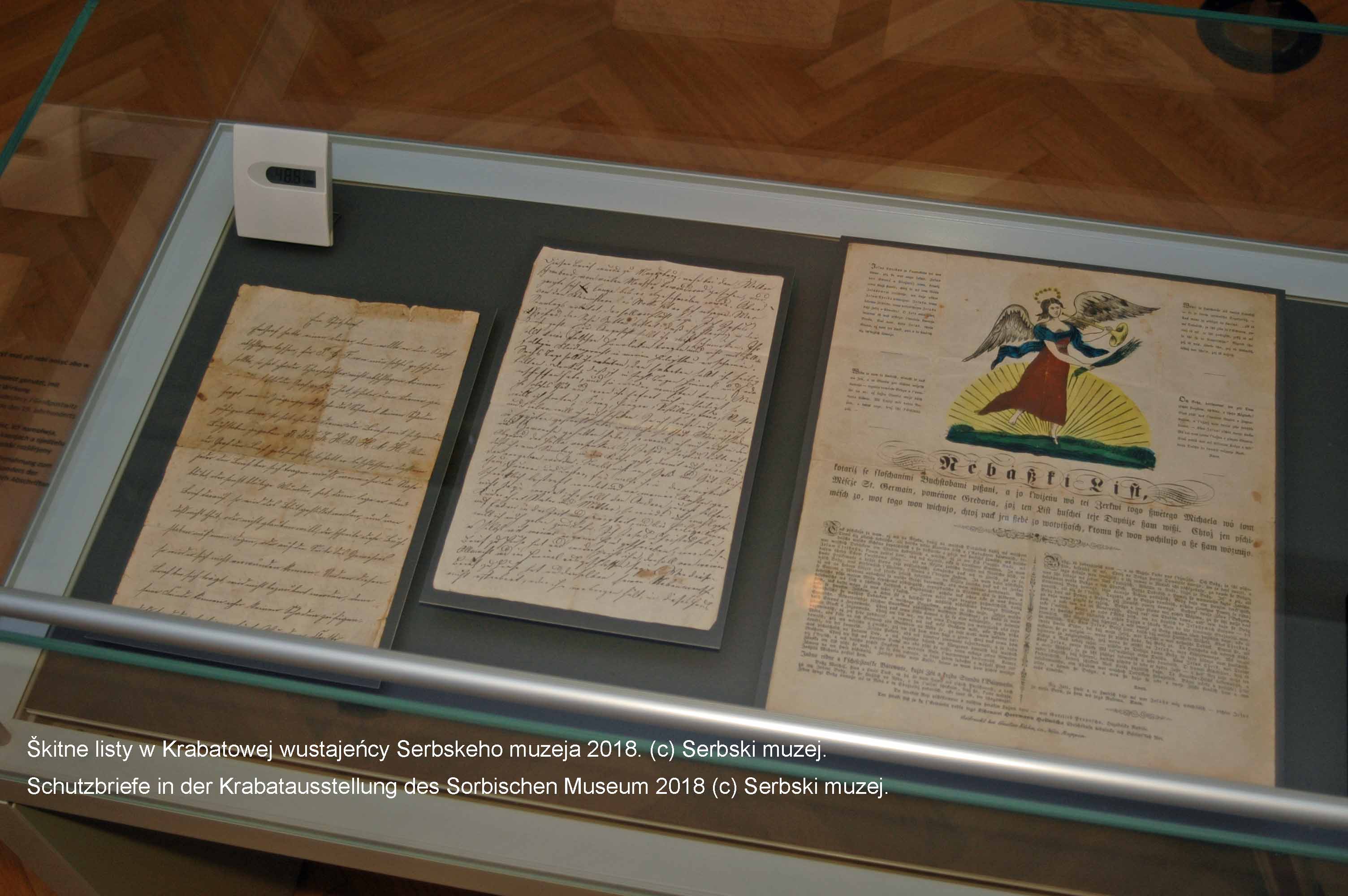
Workshop with Regina Herrmann
For Saturday, February the 17nth we invite you th the workshop„Helden aus Filz – Heroes out of felt“- from 10.00 a.m. until 5.00 p.m.
On this workshop you have the occasion to create your own glove puppet. This can be a mythological or a fairytale figure or a figure from your fantasy. This offer is for adults and children. We kindly ask you for your registration.
Fee: 5 € plus entrance fee.
We kindly ask you to make an appointement https://sorbisches-museum.de/besucherservice/?lang=en#kontakt
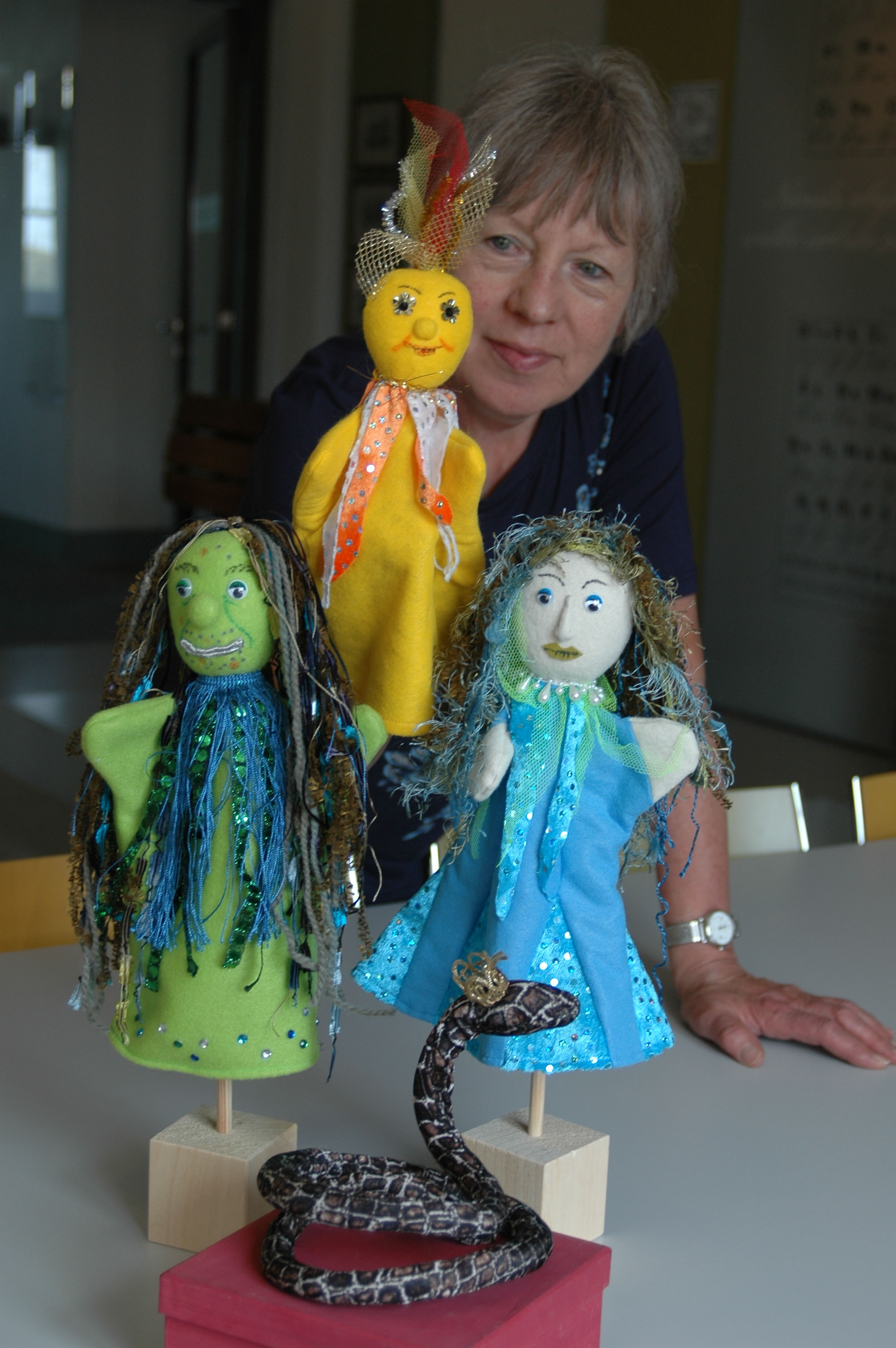
Programme offers for the winter holidays
Children‘s programme
In the programme „Zymske wjeselo – Winterfun” we explain, how children used to sledge and skate on ice and what customs were carried out about 100 years ago. Be curios for our special „selection“ from the attic. How did they move on ice and snow back in the days? At the end we want to draw a picture of a winter landscape.
Appointements: Wednesday, February 14nth 2018 10.00 a.m.
Friday, February the 23rd 2018 at 2.00 p.m.
Workshop
For Saturday, February the 17nth we invite you th the workshop„Helden aus Filz – Heroes out of felt“- from 10.00 a.m. until 5.00 p.m.
On this workshop you have the occasion to create your own glove puppet. This can be a mythological or a fairytale figure or a figure from your fantasy. This offer is for adults and children. We kindly ask you for your registration.
Fee: 5 € plus entrance fee.


